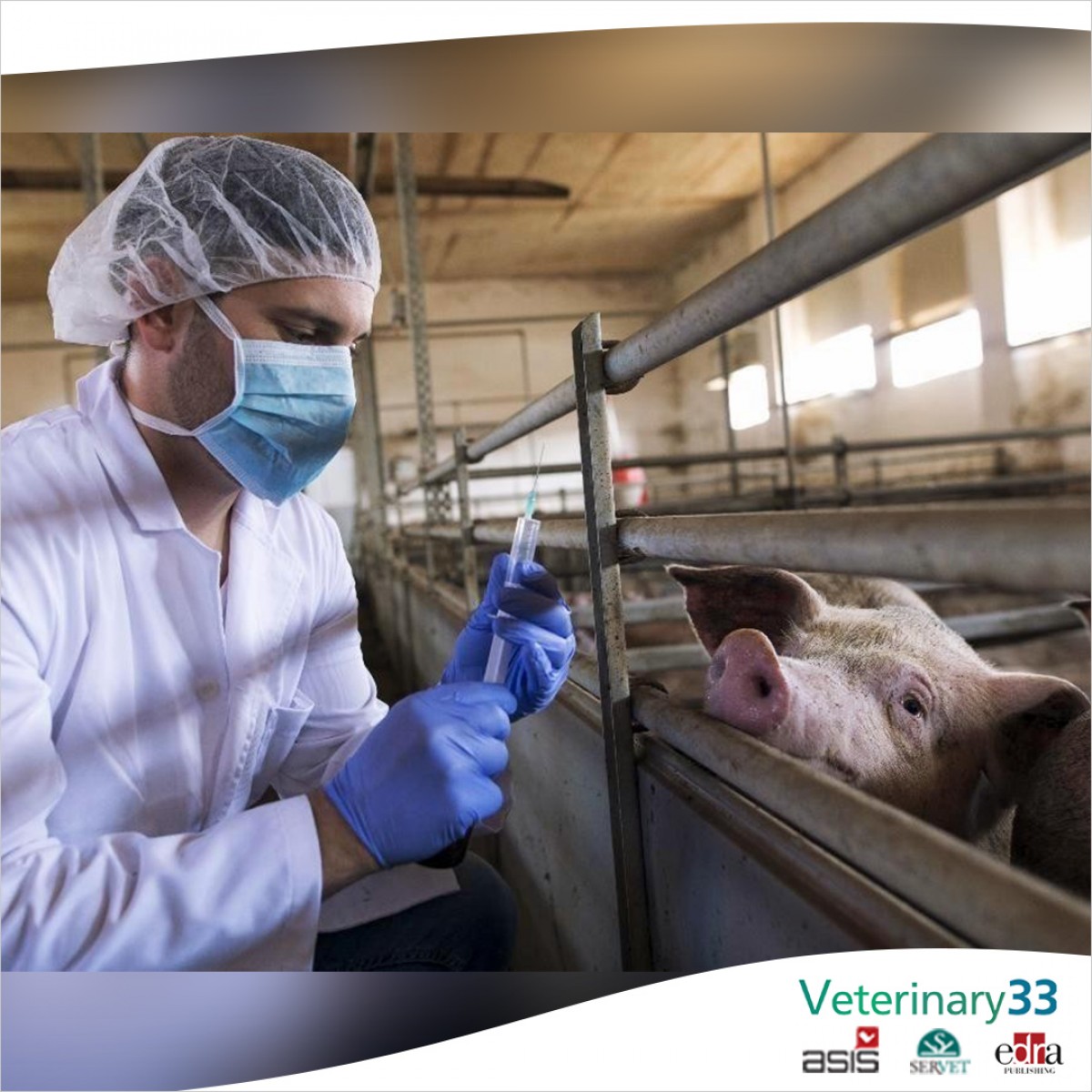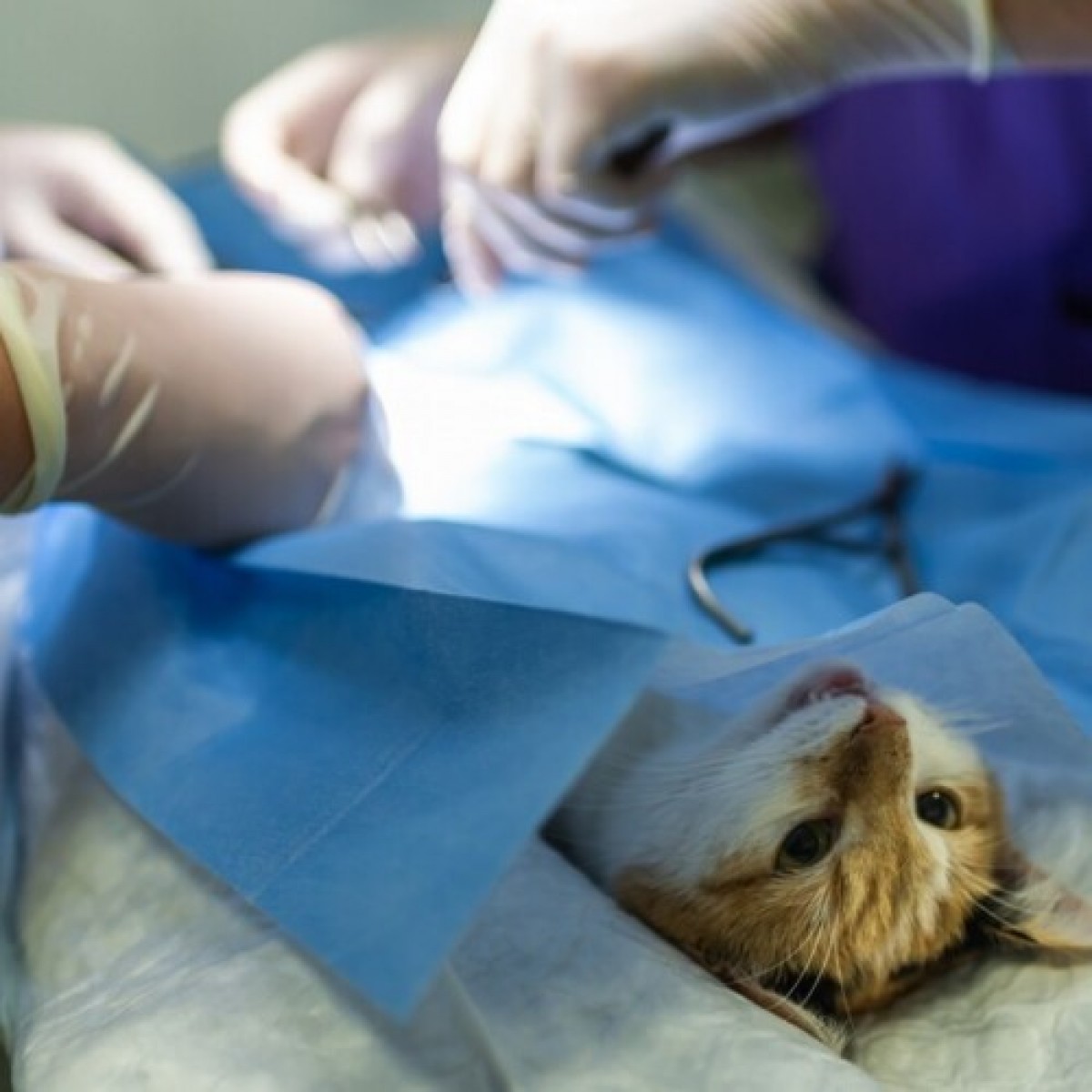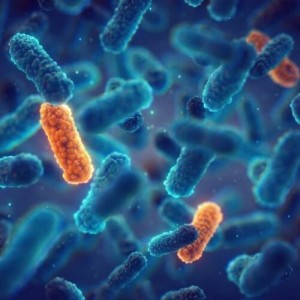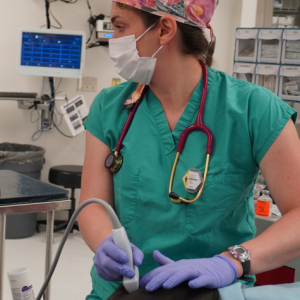Campylobacteriosis and Control Strategies against Campylobacters in Poultry Farms
Campylobacteriosis is a significant foodborne illness caused by Campylobacter bacteria. It is one of the most common bacterial causes of gastroenteritis worldwide, with poultry being a major reservoir and source of infection in humans. In poultry farms, Campylobacters colonize the intestinal tract of chickens and contaminate meat during processing. Vaccines under development against Campylobacters in poultry showed partial or no protection against their cecal colonization. Therefore, this review will elaborate on campylobacteriosis and emphasize the control strategies and recent vaccine trials against Campylobacters in poultry farms. The epidemiology, diagnosis, and treatment of Campylobacter infection, along with specific mention of poultry Campylobacter contamination events in Malaysia, will also be discussed.
Introduction
Campylobacteriosis is a major public health concern and substantial cause of gastroenteritis in humans. The ingestion of contaminated poultry products with Campylobacter species serves as a primary mode of transmission, making poultry farms a critical source of the pathogen. Campylobacteriosis is a bacterial infection caused by Campylobacter species, primarily Campylobacter jejuni and Campylobacter coli. It is one of the most common foodborne illnesses worldwide and is associated with the consumption of contaminated poultry products, particularly undercooked or improperly handled chicken and turkey.
Campylobacter species comprise a group of gram-negative, spiral-shaped, microaerophilic bacteria commonly found in diverse environments. The motility of the bacteria is mediated by the bipolar flagella on each pole and was shown to be a factor for colonization. They are associated with a range of infections in both humans and animals. The primary culprits responsible for human gastroenteritis are C. jejuni, causing 80-90% of cases, and C. coli, which accounts for 5-10%. Additionally, there exist other Campylobacter species, including C. lari, C. upsaliensis, and C. fetus, which can also cause infections in humans, although they are less prevalent than C. jejuni and C. coli. This diversity of Campylobacter species underscores the importance of understanding and managing the risks associated with these bacteria in the context of public health and food safety.
Authors: Mohamad Fadzirul Anwar Zainol, Mansur Bala Safiyanu, Saleha Abd Aziz, Abdul Rahman Omar, Kuo Pin Chuang, Abdul Razak Mariatulqabtiah
Source: https://pmc.ncbi.nlm.nih.gov/













List
Add
Please enter a comment